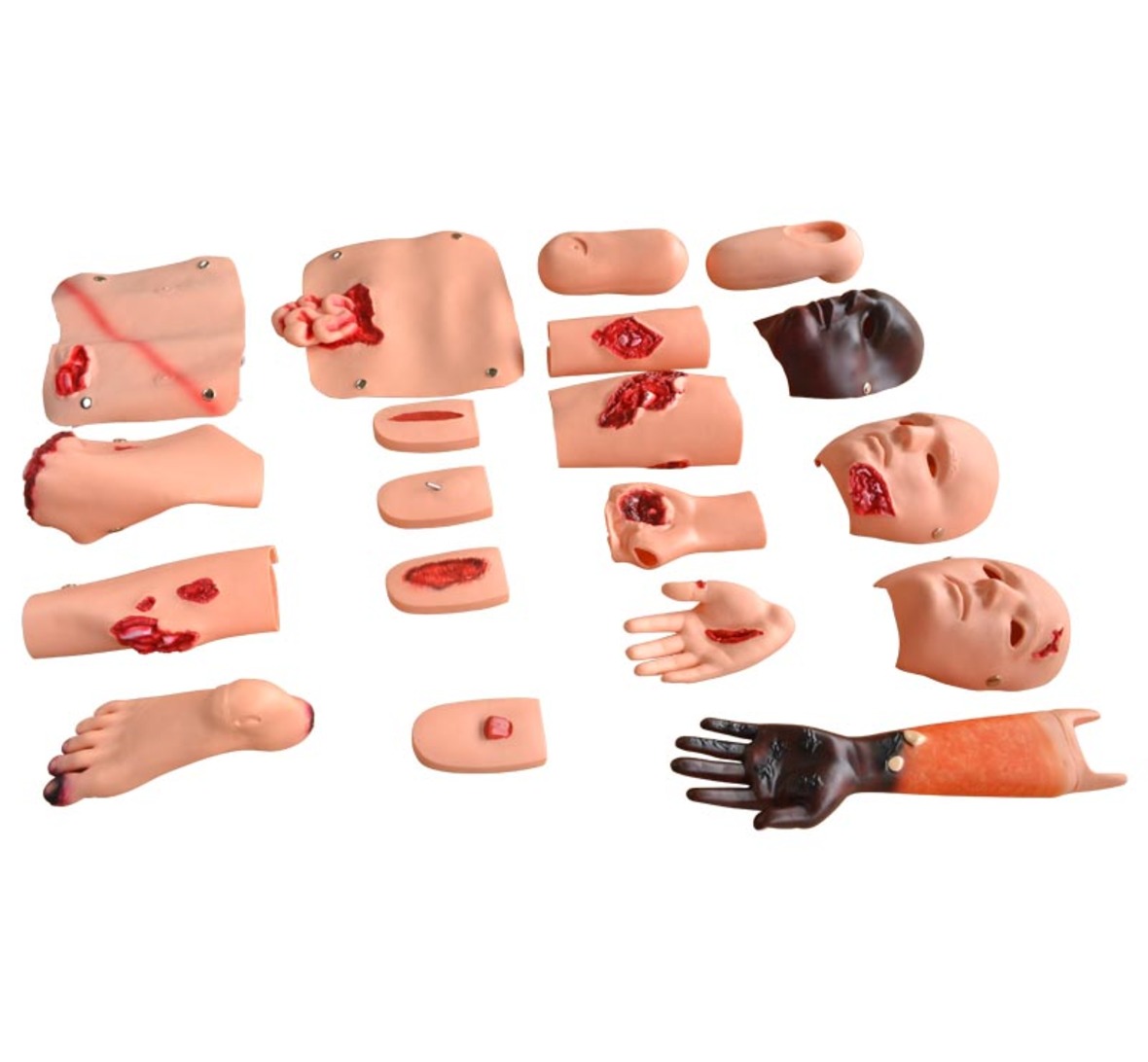Trauma assessment models are becoming standard equipment for first responders. This trend is mainly based on the importance of trauma assessment models in emergency care, the scientific basis they provide, and their significant role in improving the efficiency and quality of emergency care.

In the emergency scene, time is of the essence. A quick and accurate assessment of the injured person's condition is essential to develop an effective treatment plan. By simulating real trauma scenarios, the trauma assessment model provides a standardized assessment tool for emergency personnel, which helps them to quickly judge the severity of the injury, so as to decide the priority of treatment and the time of transport.
Trauma assessment models are often designed and developed based on internationally recognized assessment standards and guidelines, such as cardiopulmonary resuscitation (CPR) and cardiovascular emergency care (ECC) guidelines issued by authorities such as the American Heart Association (AHA). These models are able to simulate different types of trauma, including open fractures, soft tissue tears, burns, etc., and provide a near-realistic assessment experience for first responders by simulating physiological reactions such as bleeding and breathing disturbances. This scientific assessment basis makes the judgment of emergency personnel more accurate and reliable.
Its appearance helps to improve the efficiency and quality of first aid. On the one hand, by simulating the real trauma scene, the model enables the emergency personnel to be familiar with and master the assessment process in the usual training, so that they can respond quickly in the real emergency scene. On the other hand, the standardized evaluation results provided by the model help to realize information sharing and collaborative treatment among medical institutions, and avoid treatment delays or repeated efforts caused by differences in evaluation.
To sum up, the trauma assessment model has broad application prospects in the field of first aid, and is gradually becoming the standard of first aid personnel. With the continuous progress of medical technology and the continuous improvement of first aid system, it is believed that trauma assessment model will play a more important role in the future to protect the life safety and health of more injured people. However, it should also be noted that there are differences in medical resources and development levels in different regions, so the process of promoting trauma assessment models needs to be adapted to local conditions and gradually promoted.
